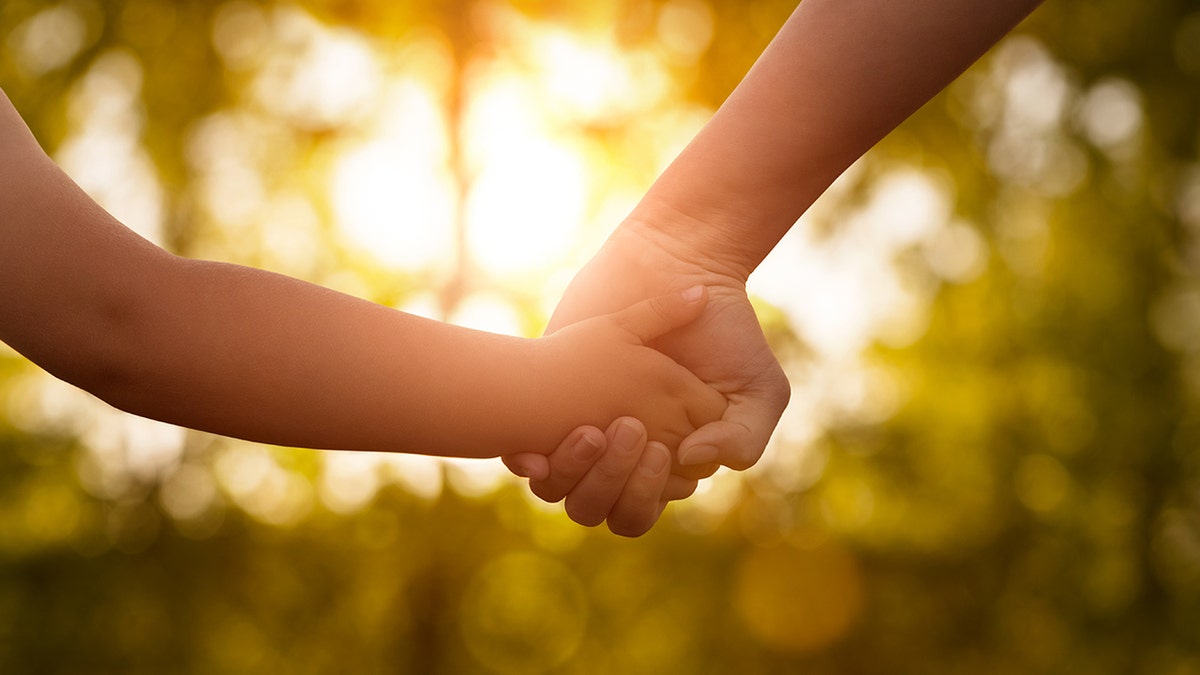
(iStock)
Several years ago, my wife and I traveled to Kenya. We made the trip to support the ongoing projects carried out there by an outstanding organization called CARE for AIDS. We worked in neighborhoods where livestock wandered freely amidst shaky structures that housed families that seemed too big for them. Poverty overwhelmed us.
As we moved amongst the people who at first glance seemed to have nothing, a pattern began to take shape. The women, men, and children we met there knew far more than just one another’s names and houses––a basic connection missing from most neighborhoods at home that I know so well. No, these neighbors could point to a cow––one that to my untrained eyes looked just like the other three cows grazing a few feet away––and tell us to whom she belonged. They took pride in their spaces. They laughed together and welcomed us warmly as they protected one another’s property, dignity, and dreams.
In the slums of Kenya, I encountered people not to be pitied, but to be emulated. It was one of the most beautiful examples of community I’ve ever seen: humanity at our best, looking out for one another while resting joyfully in the knowledge that someone was looking out for us, too.
Every single community around the world has this potential. In Part I of this Everyday Heroes series, we celebrated the heroes among us. Part II (LINK) urged you to awaken the hero in yourself.
Just as every single person can and should be someone else’s hero, each of us also has the opportunity and obligation to serve as leaders in our communities. It’s tempting to think as community leadership as the sphere of politicians and pastors, but thankfully, it isn’t up to them. In this third and final installment, we will explore every hero’s ultimate and most powerful calling: building true community.
When we commit to protecting our neighbors’ interests with the same vigilance we typically reserve for the safety of our children, we can build security, hope, and peace that transcend walls and transform lives.
Real community relies on a willingness to pursue the following four tenets:
1. Celebrate difference.
A community’s existence should never hinge upon everyone being or aspiring to be the same. I realize this truth is somewhat counterintuitive––after all, we think of groups as coalitions forged because of shared interests. But the strongest communities revel in diversity and incorporate an array of perspectives and cultures. If you celebrate difference instead of fearing it, you will grow personally, and your community will thrive.
2. Get uncomfortable.
We can only construct truly diverse communities if we push ourselves to connect with people who are living differently than we are. That doesn’t mean you have to go far––lifestyles vary dramatically just from house to house and street to street. It does mean that you must push yourself beyond your comfort zones to connect with people who don’t look, think, or talk like you do.
3. Be a bridge.
In a community, human beings are the infrastructure. Make it your goal to serve as a bridge that ties people, talents, and opportunities to one another––that is the heart of heroism. Empower people to chart their own courses and take ownership of their own dreams, and never take that away from them. Abandon that frightened sense of self-preservation that keeps you from elevating others, being vulnerable, and seeking change.
4. Look for pain.
People are hurting. Don’t avoid them. Seek out the trapped, abused, and invisible. This includes the heroes that have been toiling for years––the teachers, doctors, and other public servants who feel defeated, ill-equipped, and even forgotten in the face of the need that engulfs them. Find them and listen to them. Share your own stories of pain and failure as you reach out so that others are inspired to talk, trust, and grow.
Heroes, be bold, and be consistent. When we commit to protecting our neighbors’ interests with the same vigilance we typically reserve for the safety of our children, we can build security, hope, and peace that transcend walls and transform lives. That is a future that includes and values us all.
That’s community.




















